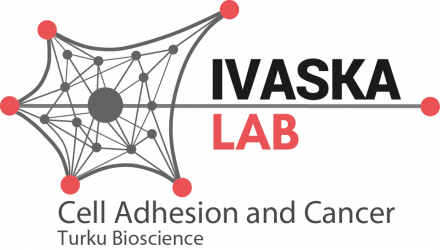Epithelial vimentin plays a functional role in mammary gland development by Emilia Peuhu et al.
Development. 2017 Nov 15;144(22):4103-4113. doi: 10.1242/dev.154229. Epub 2017 Sep 25.
ABSTRACT
In the mammary gland, vimentin intermediate filaments are expressed in stromal cells and in basal epithelial cell populations, including gland-reconstituting mammary stem cells, with largely undefined functions. Here, we have studied how vimentin deficiency affects mouse mammary gland development. We find that, in adult vimentin knockout mice (Vim-/- ), mammary ductal outgrowth is delayed. The adult Vim-/- glands display dilated ducts and a reduced basal-to-luminal mouse mammary epithelial cell (MMEC) ratio indicative of altered progenitor cell activity. Accordingly, isolated Vim-/- MMECs form fewer mammospheres and basal-like organoids in vitro than their wild-type counterparts. Importantly, reduced basal MMEC number translates into defects in Vim-/- mammary gland regeneration in vivo Global gene expression profiling of basal MMECs reveals that lack of vimentin alters multiple pathways, including adhesion, cancer and Wnt signalling. Furthermore, vimentin contributes to stem-like cell properties in MDA-MB-231 breast cancer cells, wherein vimentin depletion reduces tumoursphere formation and attenuates expression of breast cancer stem cell-associated surface markers. Together, our findings identify vimentin as a positive regulator of stemness in the developing mouse mammary gland and in breast cancer cells.
PMID:28947532 | DOI:10.1242/dev.154229
